Medical Disclaimer: This article is for informational purposes only and does not replace professional veterinary advice. Always consult your vet.
Table of Contents
Introduction: Why Dog Dental Care Deserves More Attention
Your dog’s smile is more than adorable—it’s a window into their health. As a small-animal vet in Ottawa, I’ve treated countless cases where poor dog dental care led to chronic pain, tooth loss, or even heart and kidney issues. The heartbreaking part? Most of it was preventable. Prioritizing oral hygiene from puppyhood helps your dog stay healthy, happy, and pain-free for life.
Key Takeaways: Dog Dental Care Essentials
- Dog dental care is vital for preventing pain, tooth loss, and systemic health issues like heart and kidney disease.
- Most dogs show signs of dental disease by age 3—but symptoms are often hidden.
- Daily brushing with enzymatic dog toothpaste is the gold standard of prevention.
- Annual vet cleanings under anesthesia are essential for full-mouth assessment and deep cleaning.
- Choose VOHC-approved products like dental chews and water additives for added protection.
- Small breeds, seniors, and flat-faced dogs are especially prone to dental issues—early care is key.
Why Your Dog’s Dental Health Is Crucial
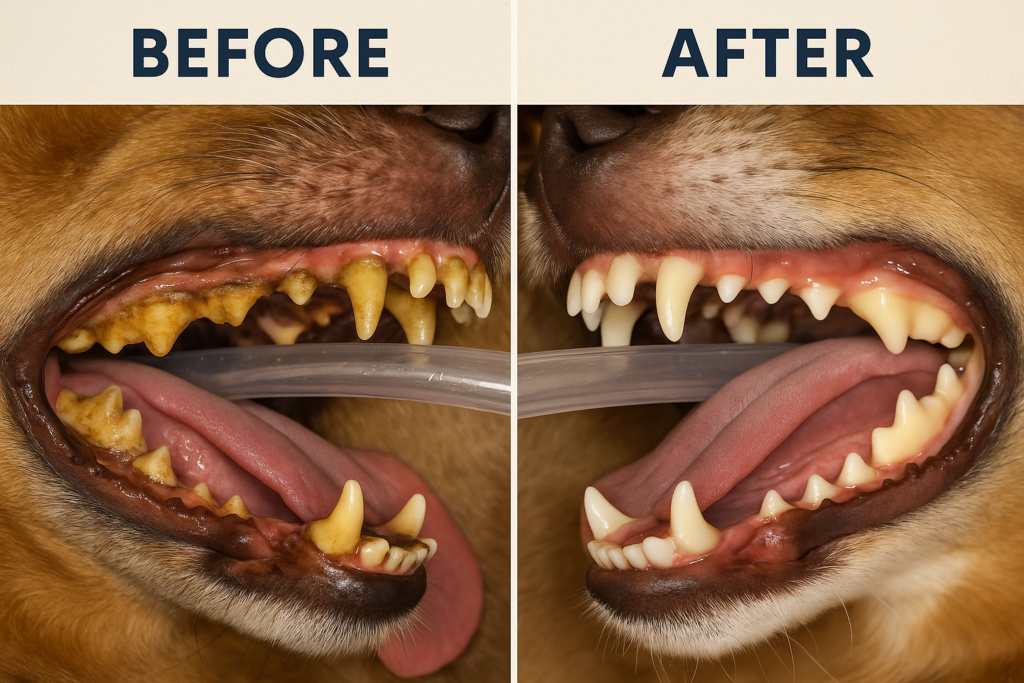
It’s easy to overlook the importance of dog dental care—until your dog starts showing signs of pain or stops eating. But by then, dental disease is often well advanced. As a veterinarian, I’ve diagnosed countless dogs with hidden gum infections or broken teeth during routine exams, even though they seemed “fine” at home.
Dental disease doesn’t just cause bad breath. It leads to:
- Chronic pain that dogs are expert at hiding
- Tooth loss, making eating difficult
- Systemic infection, as oral bacteria enter the bloodstream
- Organ damage, particularly to the heart, kidneys, and liver
The worst part? These issues are usually silent. Most owners don’t notice a problem until it’s severe. This is why dog dental care needs to start early and happen often. A healthy mouth isn’t cosmetic—it’s essential to your dog’s overall wellbeing.
Also visit: https://doglifeexpert.com/top-5-dog-skin-conditions-relief-and-prevention/
Understanding Your Dog’s Teeth
Knowing the basics of your dog’s mouth is the first step to effective dog dental care. Just like people, dogs have two sets of teeth in their lifetime—baby teeth and adult teeth—and each type serves a purpose.
Puppy vs. Adult Teeth
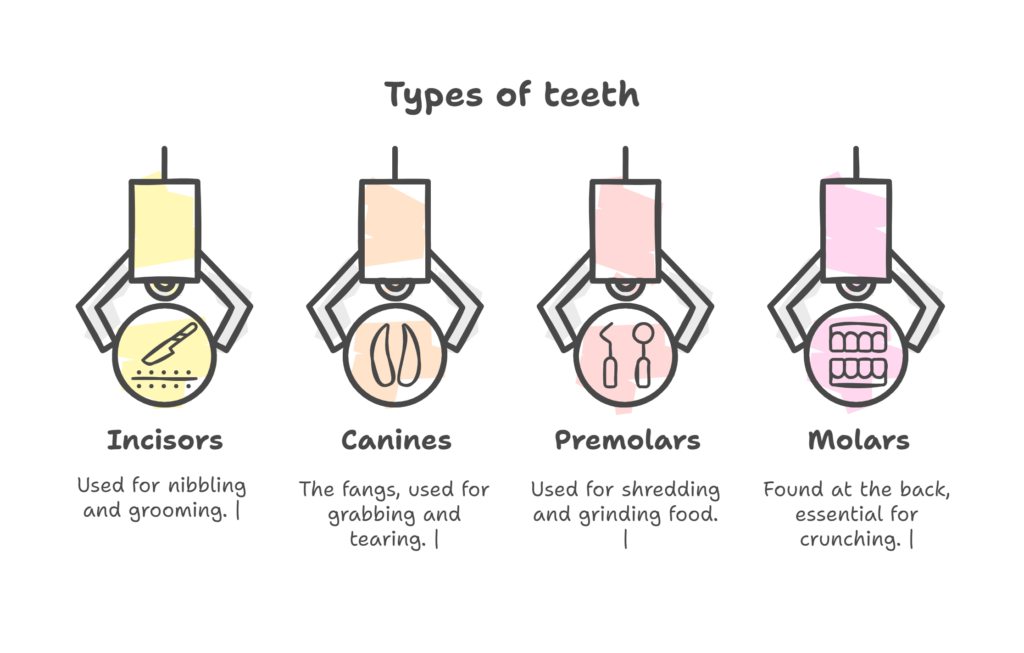
Types of teeth in adult dogs:

Teething & Retained Baby Teeth
Teething can cause sore gums, appetite changes, and irritability. Occasionally, baby teeth don’t fall out naturally—a condition called retained deciduous teeth. These can cause crowding and must be removed by a vet. This is especially common in toy breeds like Yorkies and Chihuahuas.
Early dog dental care during the teething phase helps avoid problems like malocclusion and early gum disease later in life.
Common Dog Dental Problems
Despite our best intentions, dental disease remains the number one health issue in dogs. As a vet, I see it daily—and sadly, many owners only realize there’s a problem once the dog is in pain. Understanding these common issues is key to proactive dog dental care.
Periodontal Disease: The Silent Epidemic in Dog Dental Care
Periodontal disease is the number one cause of chronic pain in adult dogs—and it’s often completely invisible to pet owners. In my Ottawa veterinary clinic, I diagnose it daily in dogs that still eat normally and show no signs of discomfort. That’s what makes it so dangerous.
The Progression of Periodontal Disease
Like many health conditions, it starts small. The first stage begins when plaque, a soft film of bacteria, forms on the tooth surface. Without consistent dog dental care—such as daily brushing—this plaque hardens into tartar (also known as calculus) within days.
This tartar irritates the gums, leading to gingivitis—inflammation that causes redness, swelling, and easy bleeding. While gingivitis is reversible with treatment, it’s only the beginning. If allowed to progress:
- Bacteria migrate below the gumline, triggering infection
- The body mounts an immune response, releasing enzymes
- These enzymes and bacteria begin destroying the periodontal ligament and jawbone
- Teeth become loose, infected, and often painful
- The disease contributes to systemic illness, affecting the heart, liver, and kidneys
Why Most Pet Owners Miss It
Dogs instinctively hide pain—a survival trait. That means your dog may still wag their tail, play fetch, and eat even with severe dental disease. Many owners only realize something’s wrong after tooth loss, facial swelling, or foul-smelling breath becomes undeniable.
What Makes This a True Epidemic
- Over 80% of dogs show signs of periodontal disease by age 3
- The majority of damage occurs below the gumline, invisible to the naked eye
- Anesthesia-free cleanings do not reach the source of the disease
- Once bone loss occurs, it is irreversible
The Bottom Line
Without proper and proactive dog dental care, periodontal disease will develop. It is not a matter of “if,” but “when.” However, with early intervention—daily brushing, regular professional cleanings, and routine vet checks—this painful disease is almost entirely preventable.
Investing in your dog’s dental health today means a longer, healthier, and more comfortable life tomorrow.
Stages of Periodontal Disease
| Stage | Visible Signs | Underlying Damage | Prognosis & Treatment |
|---|---|---|---|
| 0 | Clean teeth, pink gums | Healthy tissue | Maintain with regular home and vet dental care |
| 1 | Mild tartar, red gums | Early gingivitis | Reversible with brushing and vet cleaning |
| 2 | Moderate tartar, gum swelling | Early bone loss | Requires X-rays, vet care, and home maintenance |
| 3 | Severe tartar, gum bleeding | Moderate bone loss (25–50%) | May need extractions; irreversible |
| 4 | Loose teeth, pus, gum recession | Advanced bone loss, infection | Extractions and aggressive treatment required |
Other Common Dental Problems
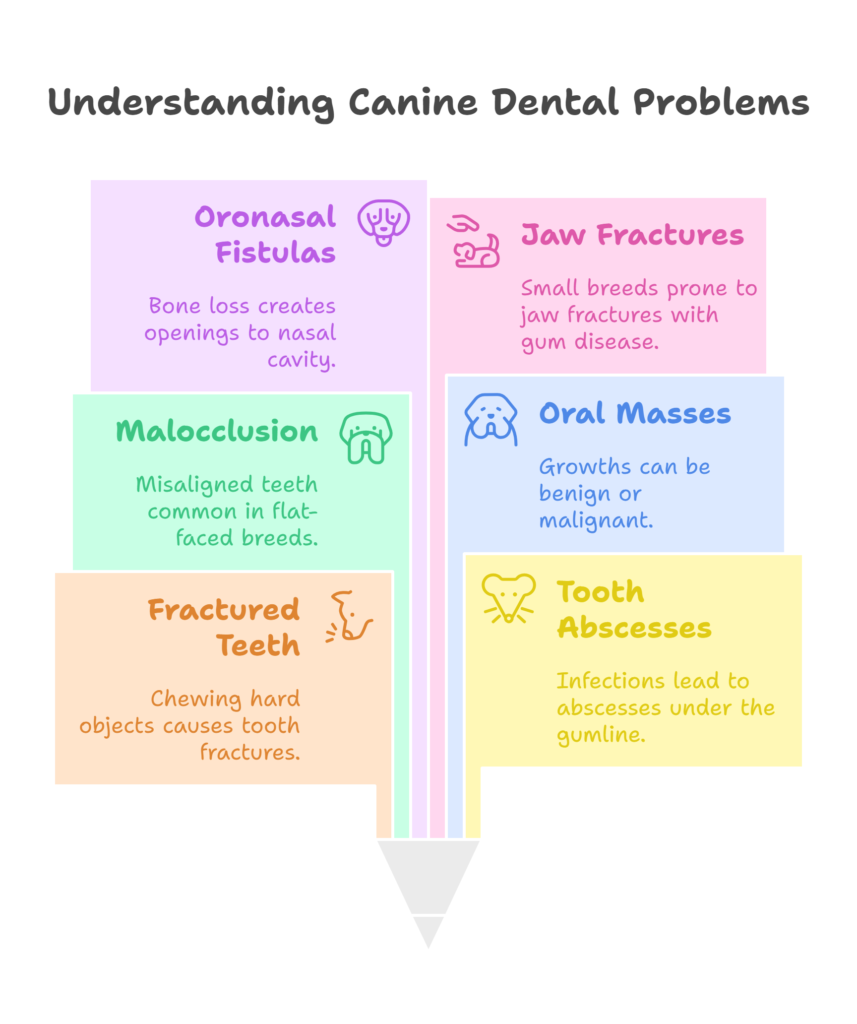
These conditions highlight why comprehensive dog dental care includes not just brushing, but regular vet exams and X-rays.
Signs Your Dog Has Dental Pain or Disease
Dogs are incredibly good at hiding pain. I’ve seen patients with rotten, infected teeth still wagging their tails and eating—until the moment we lifted their lip. That’s why early recognition is vital to dog dental care.
Behavioural Signs
- Reluctance to be touched around the face
- Pawing at the mouth or rubbing face on furniture
- Irritability or withdrawal
- Avoiding chew toys
Eating & Chewing Clues
- Dropping food, chewing on one side
- Preferring soft food or eating slowly
- Whining or yelping when eating
- Unexplained weight loss
Visible Mouth Symptoms
- Bad breath
- Red, swollen, or bleeding gums
- Yellow or brown tartar on teeth
- Loose or missing teeth
- Excessive drooling or facial swelling
5-Minute Home Dental Pain Checklist
Use this simple checklist to monitor your dog’s oral health weekly:
✅ Check breath for unusual odor
✅ Look for tartar near the gumline
✅ Gently press gums—should turn pink again within 2 seconds
✅ Feel jawline and cheeks for swelling
✅ Watch your dog eat—any signs of discomfort?
Catching issues early is the cornerstone of effective dog dental care. Don’t wait for pain to be obvious—by then, the damage is often advanced.
How Dental Disease Affects the Body
When pet owners think of dog dental care, they often focus on tartar or bad breath—but the consequences go much deeper. As a veterinarian, I’ve seen cases where untreated dental infections led to heart murmurs, kidney damage, and even significant weight loss. The mouth isn’t an isolated system—it’s the entry point to your dog’s bloodstream and overall health.
Systemic Effects of Poor Dog Dental Care
Dental disease allows harmful bacteria to enter the bloodstream through inflamed or bleeding gums. Once in circulation, these bacteria can travel to vital organs, triggering serious health problems:
- Heart: Oral bacteria can colonize the heart’s inner lining and valves, leading to endocarditis—a potentially life-threatening infection.
- Kidneys: Chronic dental inflammation increases the risk of chronic kidney disease by continuously straining these vital organs.
- Liver: The liver is tasked with filtering toxins from the blood. Ongoing exposure to oral bacteria can lead to inflammation or damage over time.
- Lungs: Inhalation of oral bacteria—especially during chewing or grooming—can result in respiratory infections, particularly in senior or immunocompromised dogs.
The Oral Microbiome: A Hidden Health Engine
A healthy mouth is home to a balanced microbial ecosystem that helps control plaque, support immunity, and prevent colonization by harmful bacteria. But when dog dental care is neglected, this balance shifts—a condition known as dysbiosis.
Consequences of dysbiosis include:
- Chronic inflammation in the gums and body
- Weakened immune response, increasing disease risk
- Biofilm formation, where bacteria shield themselves against brushing or medication
- Systemic stress, which can exacerbate heart, kidney, and liver conditions
Dental disease doesn’t just affect teeth—it contributes to chronic organ strain and can shorten your dog’s life. That’s why brushing and vet cleanings aren’t just hygiene—they’re preventive medicine.
Daily At-Home Dental Care
Consistent at-home care is the single most powerful part of dog dental care. In my Ottawa clinic, I’ve seen dramatic improvements in dogs whose owners commit to brushing—even a few times per week.
VOHC-Accepted Products
The Veterinary Oral Health Council (VOHC) endorses products proven to reduce plaque or tartar. These make great supplements to brushing.
https://vohc.org/accepted-products
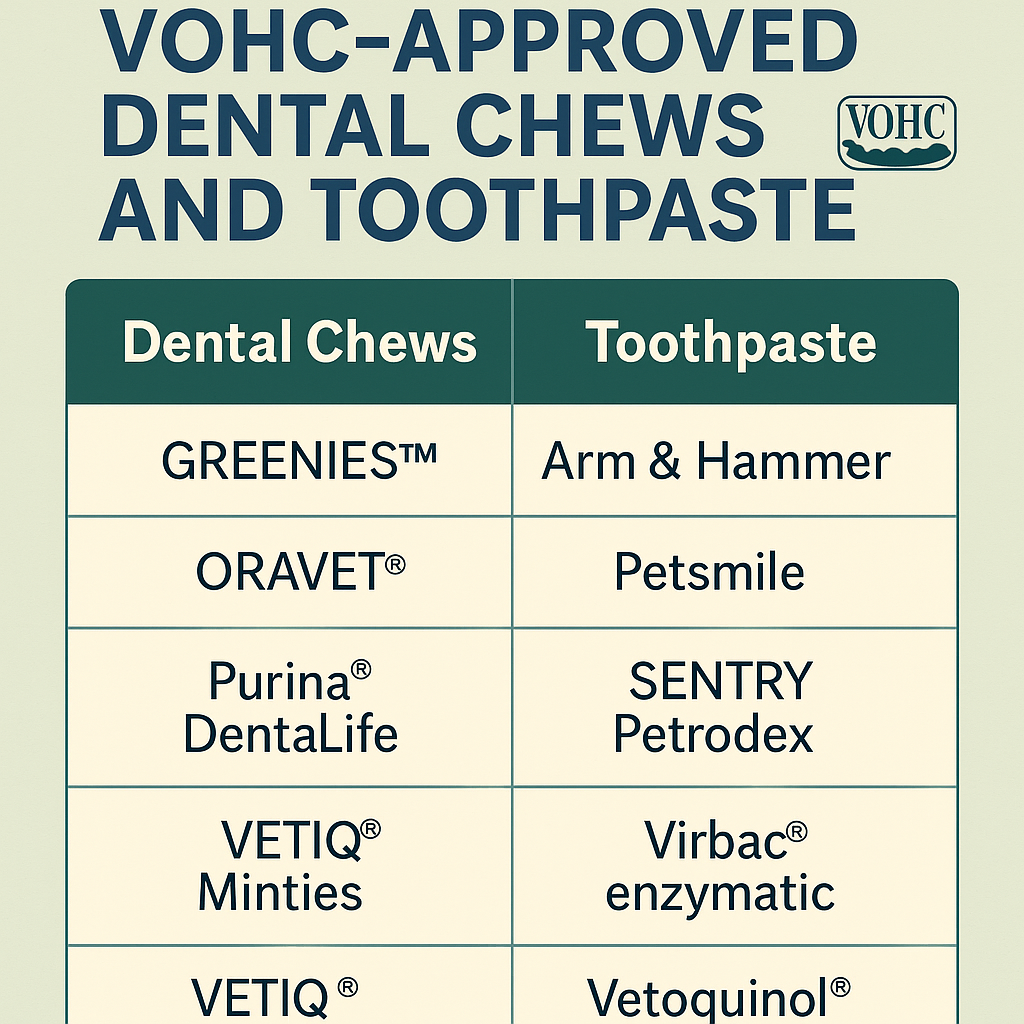
Look for the VOHC Seal when choosing products to support your dog dental care plan.
Brushing: The Gold Standard
Daily brushing removes plaque before it hardens into tartar. Aim for at least 2–3 times a week if daily isn’t possible.
Must-haves for brushing:
- Toothbrush: Use a soft-bristled dog toothbrush or finger brush
- Toothpaste: Only use enzymatic toothpaste made for dogs—never human toothpaste
How to brush your dog’s teeth:
- Let your dog lick the toothpaste first
- Gently lift their lips—don’t pry open the mouth
- Use circular motions, focusing on outer surfaces
- Praise and reward after each session
Tips for Training Your Dog to Accept Brushing
- Start slow—desensitize over days or weeks
- Use positive reinforcement (treats, praise)
- Keep sessions short and upbeat
- If your dog resists, try flavored toothpaste or consult a trainer
Professional Dental Cleanings
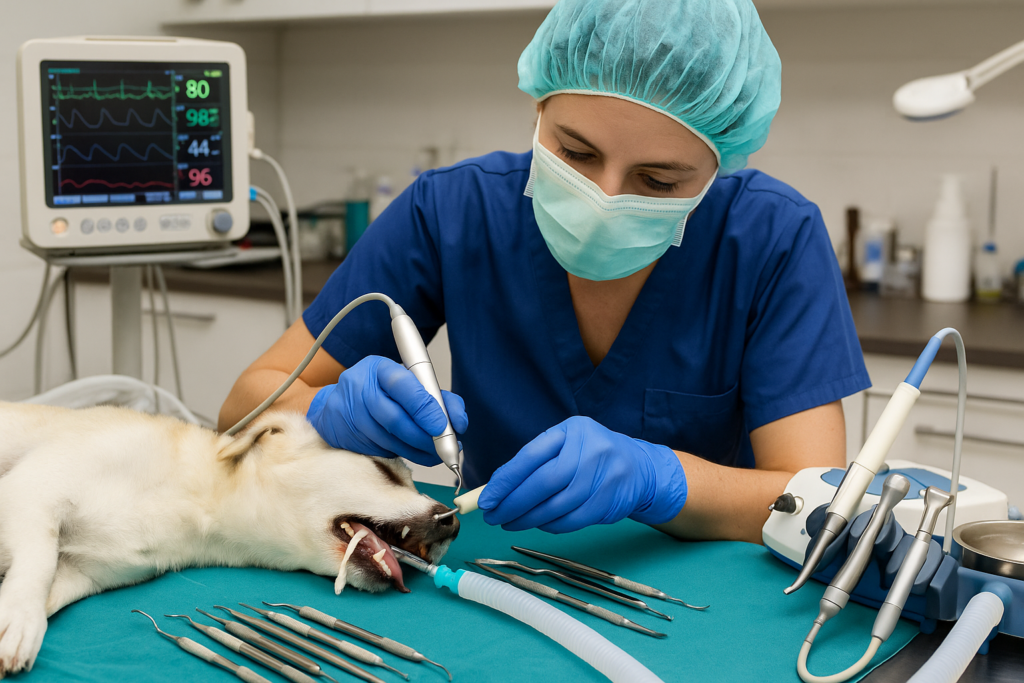
No matter how diligent your at-home routine is, professional veterinary care is essential. In my practice, I perform dozens of dog dental care procedures every month—many uncover hidden infections, fractures, or severe tartar below the gumline.
What Happens During a COHAT
A Comprehensive Oral Health Assessment and Treatment (COHAT) includes:
- Pre-anesthetic exam & bloodwork
- General anesthesia for a pain-free, safe cleaning
- Full-mouth dental X-rays
- Detailed oral exam and dental charting
- Ultrasonic scaling (above and below gumline)
- Tooth polishing
- Fluoride or sealant application
- Extractions (if needed), followed by pain meds and antibiotics
Why Anesthesia Matters
Anesthesia ensures:
- No pain or stress for your dog
- Access to subgingival disease (under the gums)
- High-quality X-rays and full cleaning
Anesthesia-free cleanings are NOT recommended by the AVMA or AVDC. They only remove surface tartar and miss serious problems under the gumline.
Typical Canadian Dog Dental Cleaning Costs
| Service | Average Cost (CAD) |
|---|---|
| Routine dental cleaning (COHAT) | $700–$1,200 |
| With extractions (1–3 teeth) | $1,200–$1,800+ |
| Full-mouth X-rays | Often included |
| Pre-anesthetic bloodwork | $120–$180 |
| Annual dental plan (if available) | $400–$600/year |
Cost varies by region, clinic, and your dog’s health. But preventive dog dental care always costs less than treating neglected disease.
Lifelong Dental Plan for Your Dog
An effective dog dental care plan isn’t a one-time fix—it’s a lifetime routine. Dental disease is progressive and often irreversible once it advances. Preventing it requires a proactive, personalized approach based on your dog’s age, breed, and health.
Key Risk Factors
- Breed: Toy breeds (Yorkies, Maltese, Chihuahuas) and brachycephalic breeds (Pugs, Bulldogs) are at high risk due to small mouths and crowded teeth.
- Age: Dental disease worsens over time; start early. Puppies may need baby teeth checked. Seniors need closer monitoring.
- Health conditions: Dogs with diabetes, kidney, or immune disorders are more prone to gum infections.
Build a Lifelong Plan
- Brush regularly (daily if possible) with pet-safe toothpaste
- Use VOHC-approved products for additional protection
- Schedule yearly dental exams with your vet
- Watch for signs of dental disease between visits
- Adjust plan as your dog ages or develops new conditions
Dog dental care is just as vital as vaccines or good nutrition. It prevents pain, protects organs, and saves you costly emergency visits down the road.
FAQs About Dog Dental Health
1. How often should my dog get a dental cleaning at the vet?
Most dogs need a professional cleaning once a year, starting at age 1–2. Small breeds or dogs with known dental issues may need cleanings every 6–9 months.
2. Is brushing really necessary if I give dental chews?
Yes. Chews help, but brushing remains the gold standard of dog dental care. It removes soft plaque before it becomes tartar.
3. What’s the best toothpaste for dogs?
Choose an enzymatic toothpaste specifically made for dogs. Never use human toothpaste—it can contain xylitol or fluoride, which are toxic to dogs.
4. My dog won’t let me brush their teeth—what can I do?
Start slowly with treats and gentle handling. Try finger brushes or flavored pastes. If needed, consult a dog trainer or vet for help with desensitization.
5. Are anesthesia-free cleanings safe?
No. They only clean the visible part of teeth and miss disease under the gumline. They can give a false sense of security and delay proper dog dental care.
Conclusion: Why Dog Dental Care Deserves a Lifelong Commitment
Dental health is more than fresh breath—it’s the foundation of your dog’s comfort, happiness, and long-term wellness. As a veterinarian, I’ve seen firsthand how untreated dental disease silently robs dogs of their quality of life. I’ve treated dogs with loose teeth, bleeding gums, and hidden abscesses who were still wagging their tails through pain they couldn’t express. The good news? Almost all of it is preventable with consistent dog dental care.
From the moment those puppy teeth erupt, your dog’s mouth needs attention. Daily brushing disrupts plaque before it hardens. VOHC-approved chews and water additives support your efforts. And annual veterinary dental cleanings are not just cosmetic—they uncover painful, invisible disease under the gumline and prevent it from spreading to the heart, kidneys, and liver.
By taking dental care seriously, you’re not only preventing tooth loss and bad breath. You’re actively reducing your dog’s risk of systemic disease, emergency vet bills, and chronic discomfort. This is why dog dental care isn’t optional—it’s a vital part of responsible pet ownership, just like nutrition, vaccines, and exercise.
The best time to start was yesterday. The next best time is today. Work with your veterinarian to create a lifelong dental care plan tailored to your dog’s breed, age, and health. Keep it simple, stay consistent, and remember: a healthy mouth is one of the most powerful gifts you can give your dog—for life.

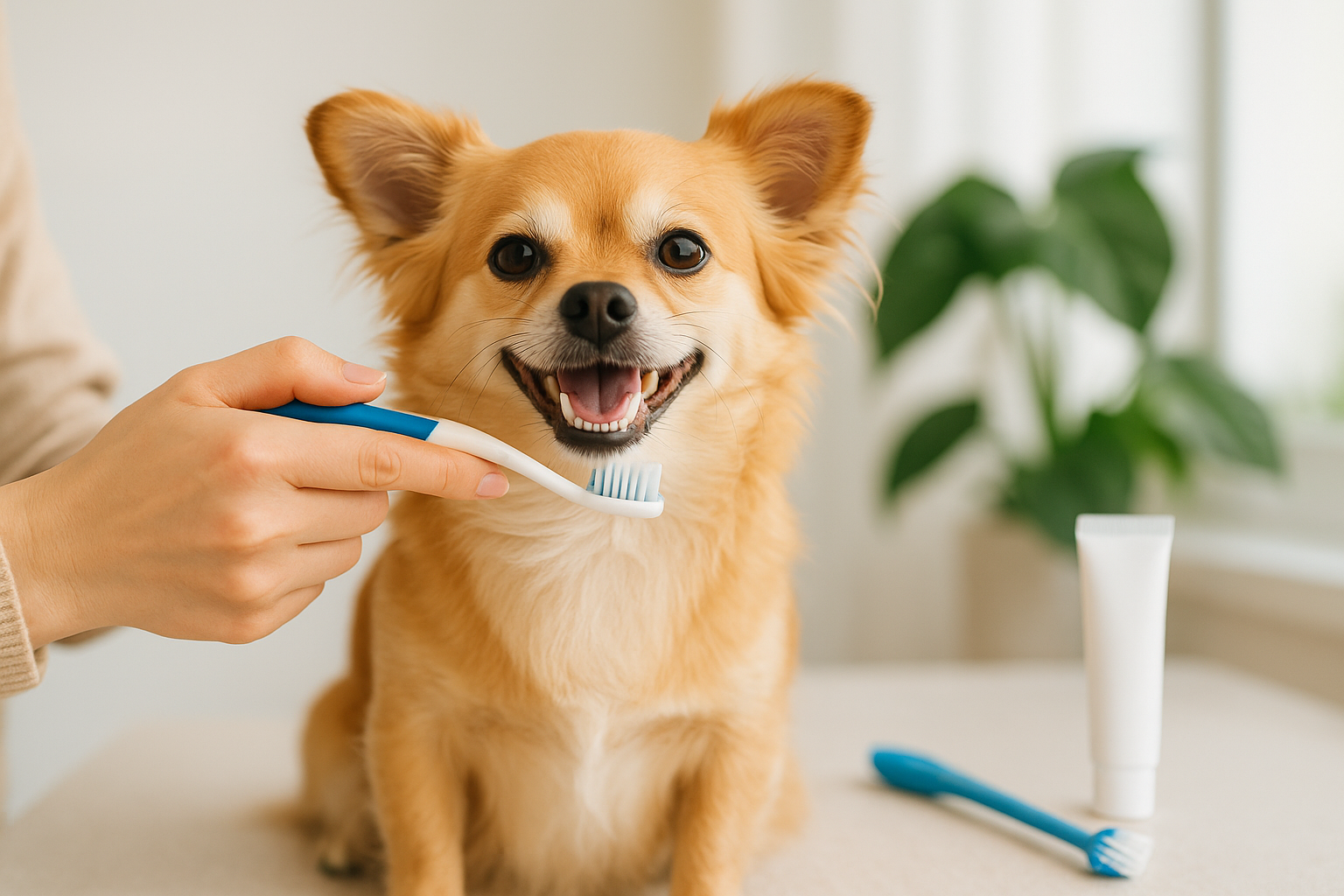
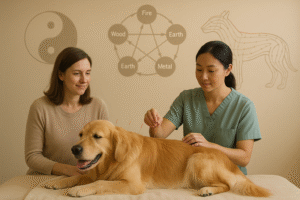
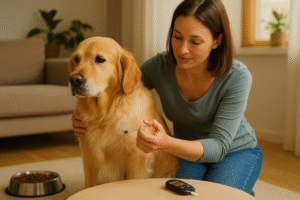
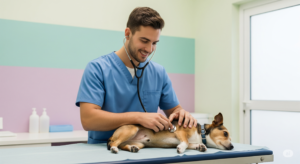
Pingback: Dog Vomiting When It Normal When It’s Not 1091
Pingback: 15 Urgent Dog Eye Problems: Signs, Causes & How to Treat Them Fast